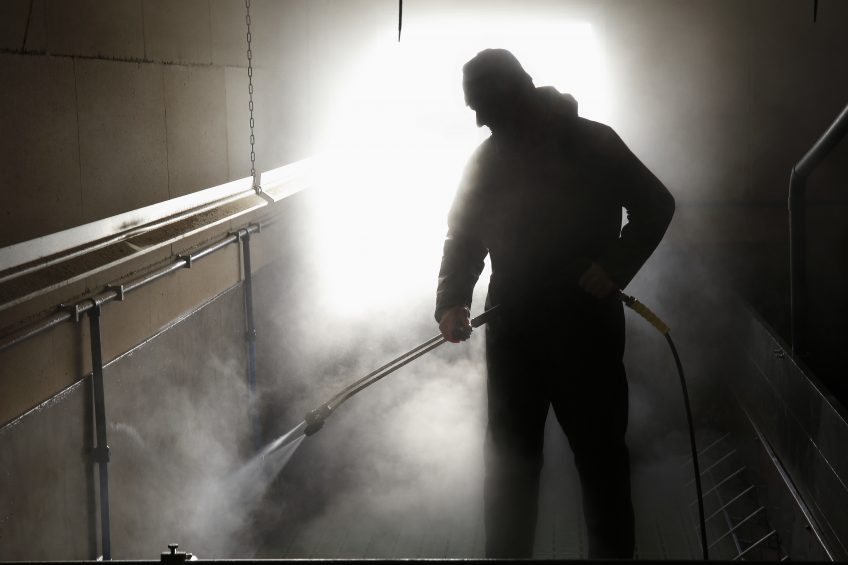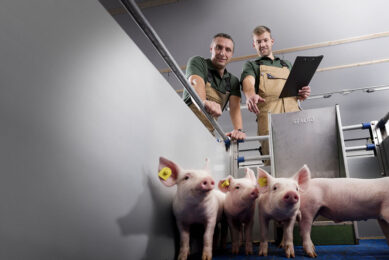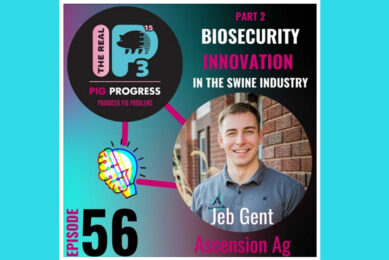Immunity – some further thoughts

At various moments, our pig management expert has touched on the topic of immunity and how proper pig house management can help achieve a high immunity status. Just how clean is clean, he wonders. Well, it can be measured…
Ask any producer or section head what is the benefit of a good immune threshold and the invariable reply is, “Better protection from disease.” Excellent!
Then ask, “What benefits arise from this?” and of course a host of advantages appear. Again excellent.
The response to a third question, “What do you think not achieving a good immune barrier costs?” The answer, “It depends on the disease, of course,” misses out on an even more important disadvantage – the reduction in performance. Many producers are way adrift on realising how severe this can be and at least a dozen research surveys have quantified it.
Also interesting: Colostrum (III): Immunity’s A to Z
Cleanliness influences immune status
Many producers don’t realise how markedly cleanliness influences immune status. What happens is this. When hostile micro-organisms (bacteria or viruses) enter the host the mammalian body immediately creates cytokines which progress the body to divert nutrients away from growth to reinforce the immune shield.
This reduces appetite and disturbs trace element balance. Both result in slower growth, worse food conversion efficiency, a fatter carcass with less lean.
How clean is clean?
So the cleaner the surroundings the less chance of both pathogenic and non-pathogenic attack (both create the problem). Not rocket science. Pig specialist vet Jake Waddilove suggests adopting periodic swab tests of surfaces as routine, occasionally before and certainly after cleaning so as to establish a Total Viable Count (TVC).
What the bacterial population reveals is also applicable to viruses, providing an approved virucide is used. Table 1 shows the figures. Our vet Terry Heard used the system at our Dean’s Grove farm and it did make a difference if we could get the count down to Waddilove’s target, which was not easy. But it was the stimulation to get there which mattered.
What is the physical damage of a raised immune demand?
Take a grower eating 1.5 kg/day. Dependent on its genetic make-up it will require between 1.5 to 1.65 g of lysine per day, so at the 1.5 g level the feed needs to contain 1.5 % lysine. But a pig in a not-so-clean environment showing TVCs of over 20,000,000 (not filthy but easily not clean enough) may only eat 1 kg/day, thus only obtaining 1 g/day lysine with other important amino acids methionine and cystine reduced pro rata.
Result, the pigs look healthy – are healthy – but can take from 16 to 28 days longer to 110 kg, have a raised FCR by 0.3:l, and edible lean meat down 3.3%. These together, at today’s income from a finished carcass, amount to €6.05 from increased costs of production.
What does a strict cleaning routine cost?
How far does the expense of cleaning near to Waddilove’s standard erode the income per pig from a low TVC achievement? I have consulted 2 reputable sanitation firms and added in what our routine at Dean’s Grove cost us, including labour and our vet’s cost of the monthly TVC tests, and finally what it has cost 2 of my clients who had disturbing TVCs before they addressed their cleaning. It averaged €1.89 per pig’s lifetime.
This is more than a 3:1 payback. It is much cheaper to spend on sanitation than have to feed more food. Notice the severe effect a high immune challenge has on amino acid needs. Today’s genetics major on lean protein and the lower the challenge the more this advantage is realised.










